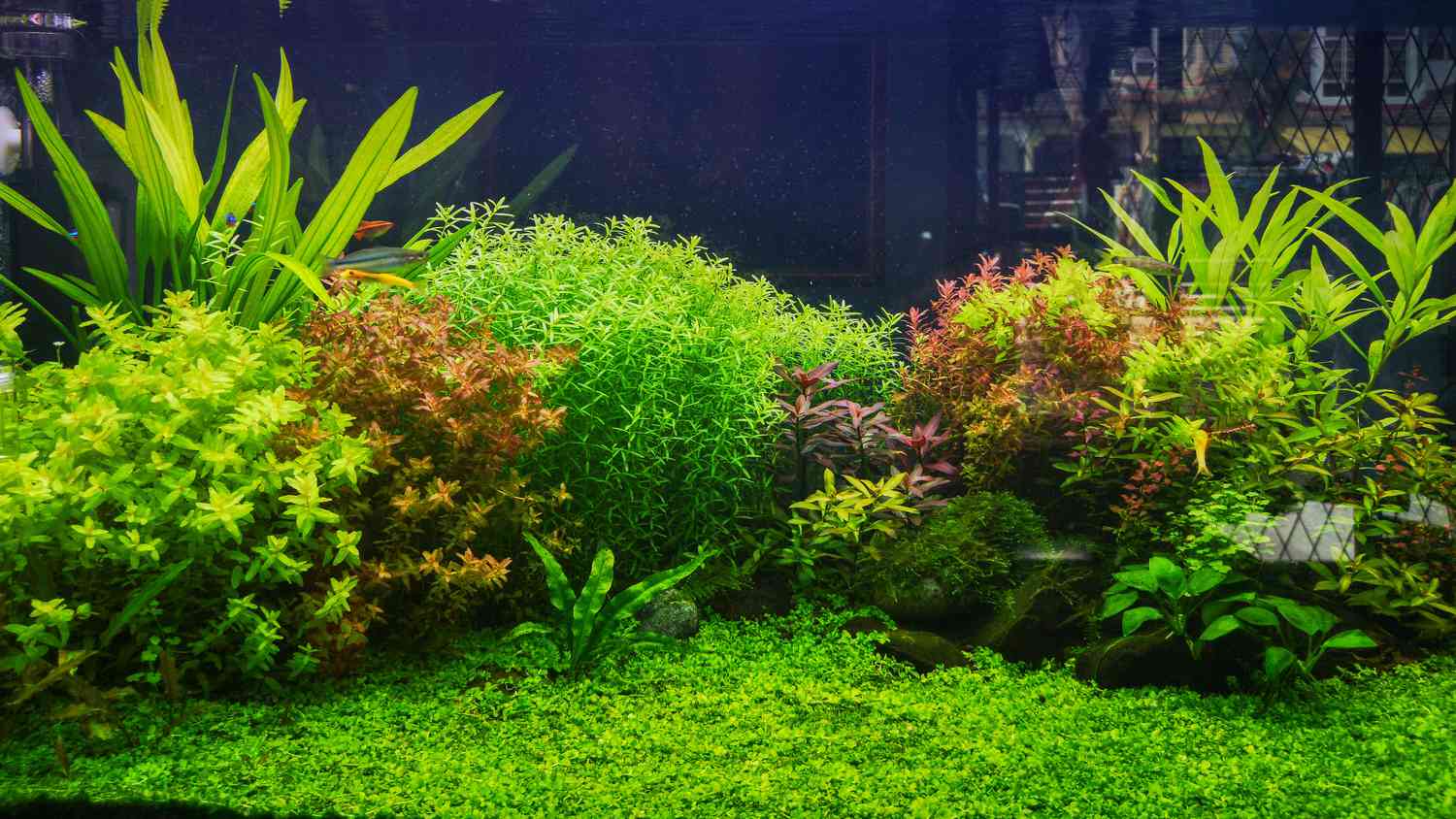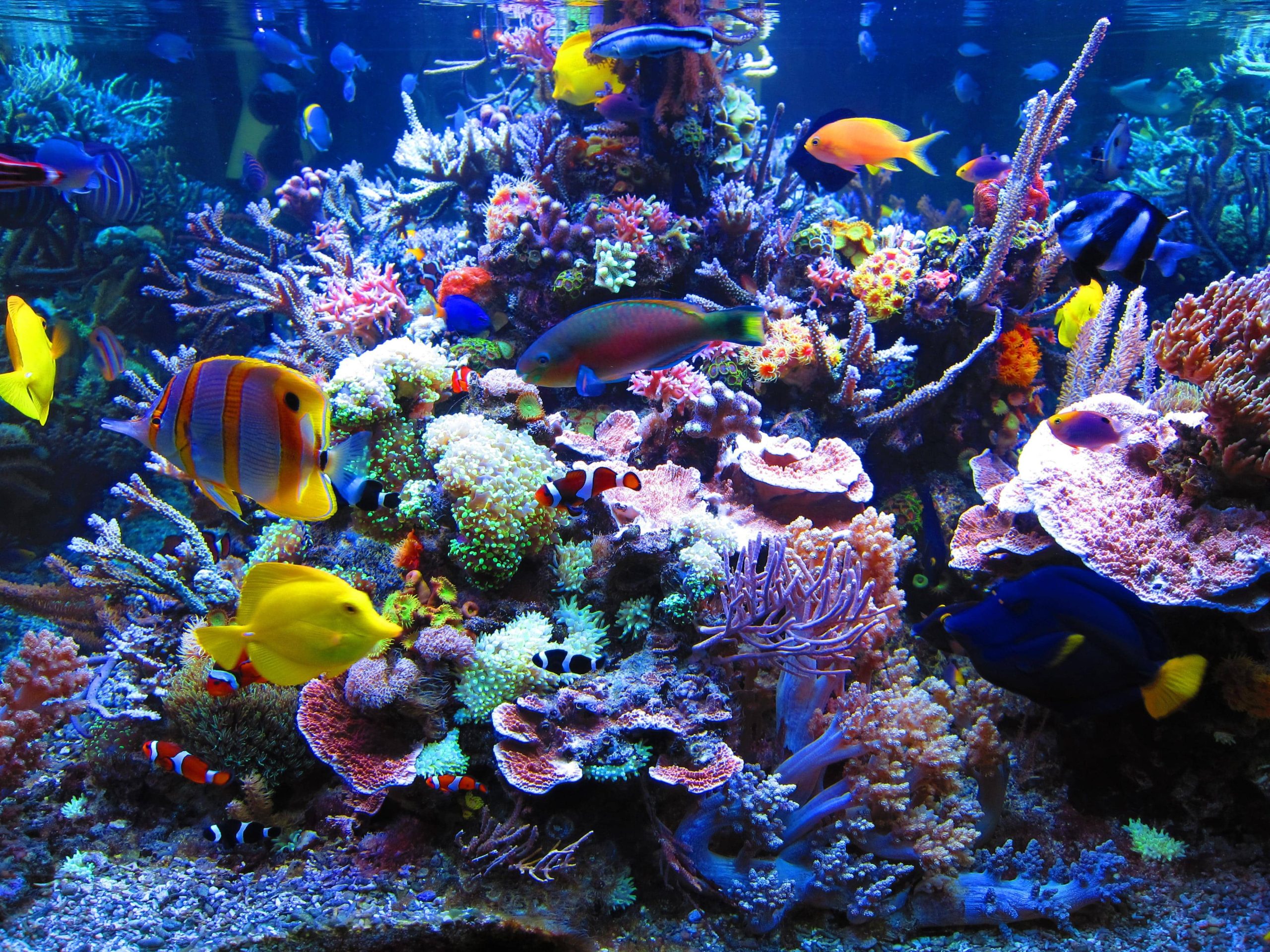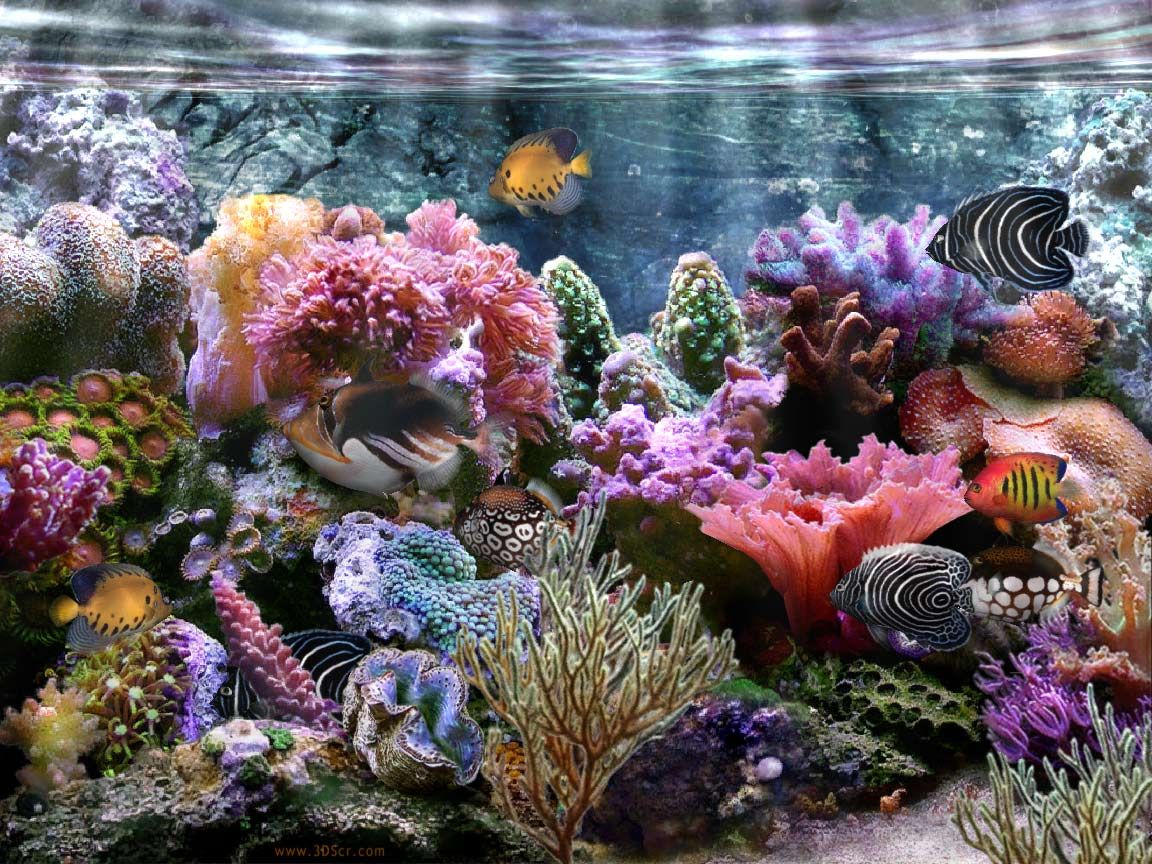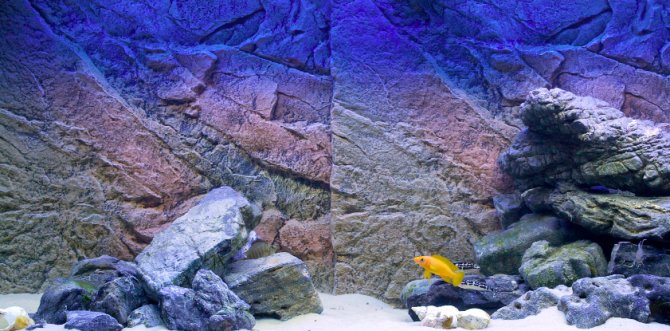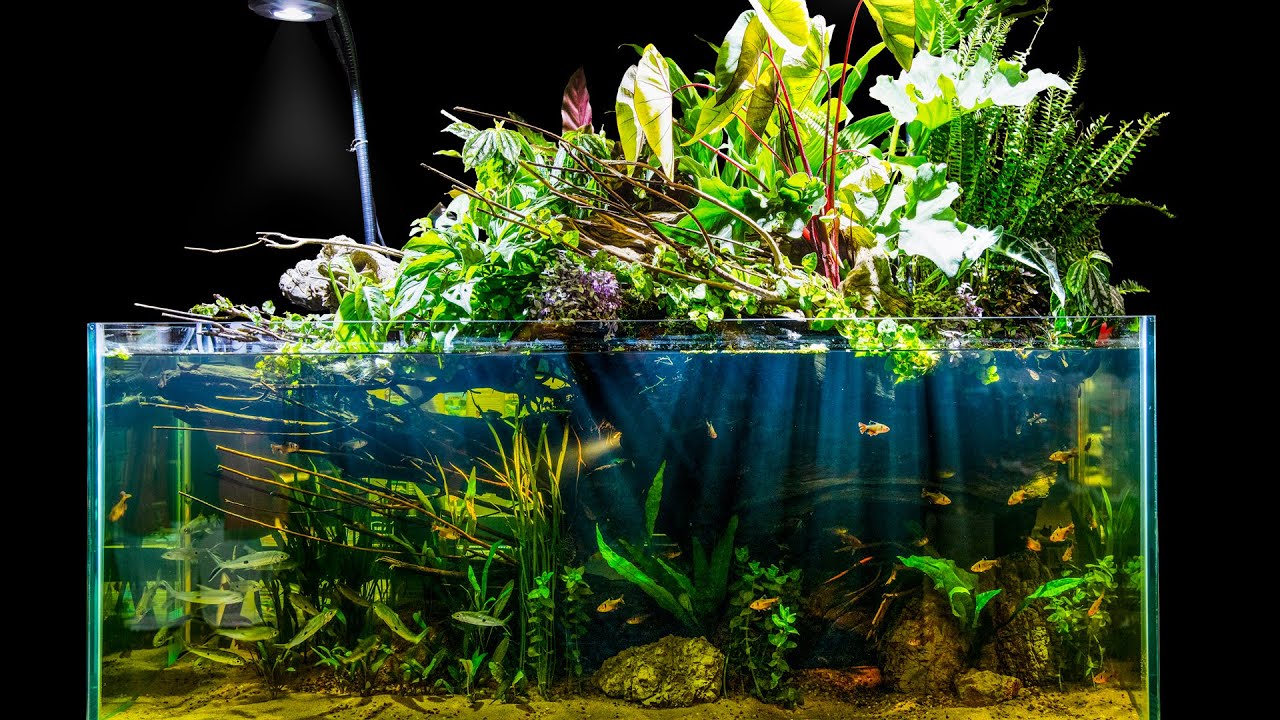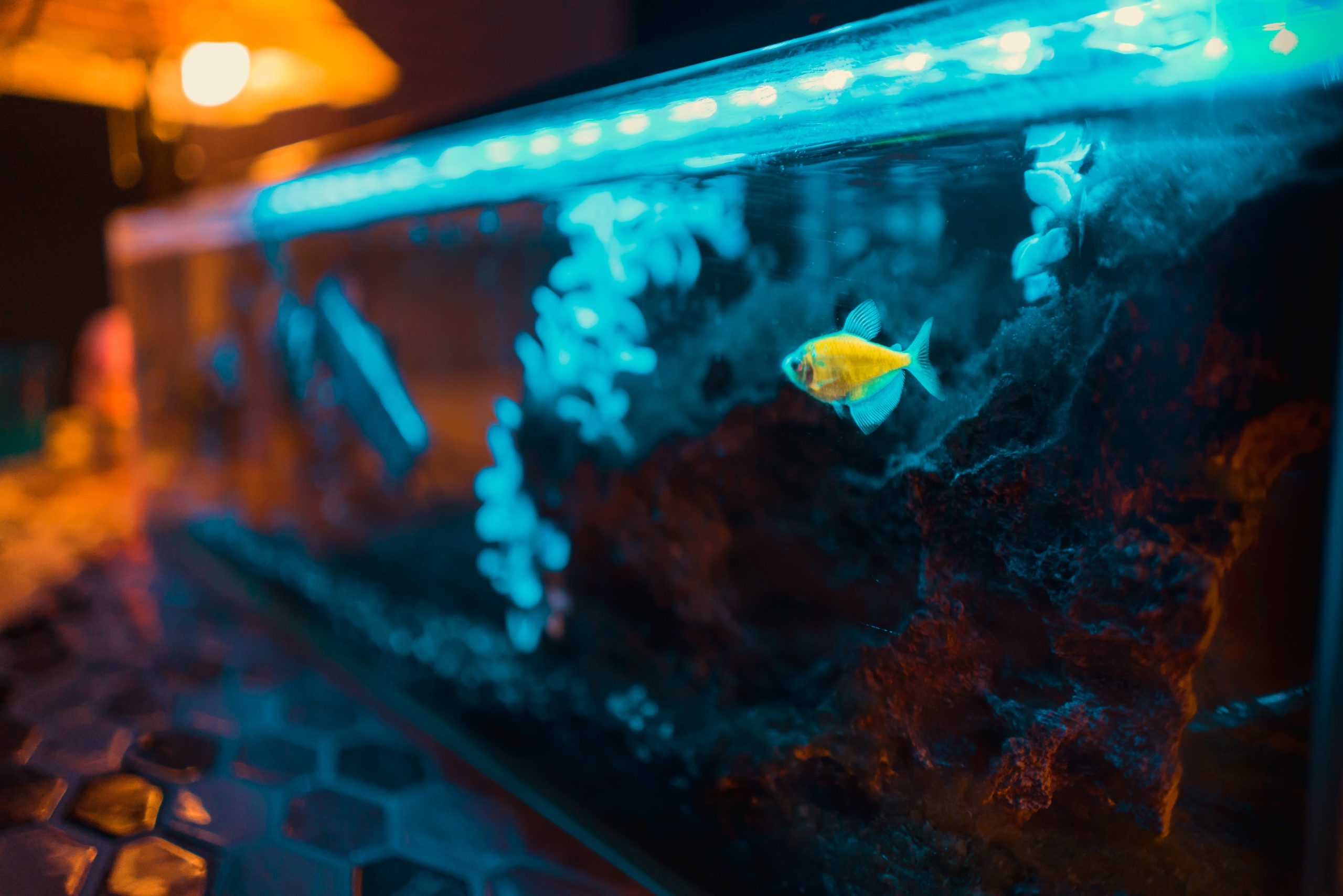A planted aquarium is a beautiful site and one the owners are certainly proud of. If you would like to have a planted aquarium, there are a few things you can do to increase your chances of success. This may seem obvious, but we will go over them anyway, just in case. You will have to make sure the plants are properly planted, have adequate light and nutrients in addition to regular maintenance and care for your plants in order for them to thrive.
If this sounds like a lot of work, don’t be discouraged. It gets easier once they are established, and the aquarium has matured. The rewards for success far outweigh the work involved with starting a planted aquarium.
Substrates: here is a detailed article discussing the various substrate options and their merits.
Planting Techniques
Once you’ve chosen your assortment of aquatic plants and are ready to introduce them into your tank, be sure you are not also introducing unwanted elements such as snails and tiny predators. Rinse your newly acquired vegetation under clean water and remove damaged or decaying leaves, stems, and roots. Plant them into their designated places gently to minimize bruising.
If the plant is a rooted variety and has an extensive root system, you can trim off about a third to encourage new growth. Also, remove any brown roots you may see since these are basically dead or dying anyway. Plant it in the substrate up to the point where the leaves meet the roots. Going above this runs the risk of the stem rotting, and you will lose the plant.
Placement
It is usually a good idea to plant your taller plants toward the back and sides of the aquarium and gradually reduce the plant sizes as you come forward. You want to create an attractive scene that will also furnish the fish with some natural cover as well as provide an open swimming area in the front of the tank for the fish where they can be seen. If you don’t want the front to be bare, there are some very good low-growing species that can act as a ground cover in these open areas.
Types of plants
Bunch plants: These are typically grown from cuttings and are sold in bunches wrapped up with some sort of ties. When planting these, separate the bundle and remove any bad sections from the plant. Then just place it the in the substrate with adequate space between them. Planting them too close together will not allow sufficient light to reach the lower leaves, and these will die. Never plant them in bunches like the ones they are sold in. They will only rot, and you will lose all of them. New plants can easily be started by taking a cutting and planting it in the substrate.
Runners: These plants propagate by sending out runners in all directions from which new plants form. Propagation is again very easy with these. Just clip the runner and move it to its new location.
Rhizomes: Some plants will produce side shoots. Propagate these by cutting the rhizome into pieces. Make sure to include some leaves and roots on the original rhizome and the cutting. Replant these cut sections in the surface at a 45° angle with the shoots just above the substrate.
Other plants: Some plants will produce new from the body of the parent. With some species, the new plants are eventually released to find a new home and root on their own. Others will require dividing. When this becomes necessary, carefully uncover the roots and remove the plant gently. With a sharp knife, you can separate the plant into two or more sections and treat it as a new plant before returning it to the aquarium.
Notes: In regards to rooted plants, some fish like to dig, and this can cause problems with these types of plants. If you have fish that like to dig in the substrate, it is recommended that you plant them behind some rocks or driftwood that offer their roots some protection.
Another thing to consider here is if you keep Cichlids, plants are out unless you want to use plastic ones. Cichlids will destroy plants and, in some cases, as I’ve experienced, even plastic ones.
Light requirements:
Lighting requirements will vary from plant to plant. Some will require very bright light, while others won’t survive under these conditions. Set up your lighting to meet the requirements of the former, and you may still be able to plant some plants that require more subdued lighting in some shady spots if they are available. All plants will require an average of 10 – 12 hours of light a day. This is important because with too little light, your plants may not survive, and with too much, you may experience unwanted algae blooms.
Keep in mind the types of lighting you are using as well. Some plants will flourish with regular fluorescent lamps, while some of the fancier, more colorful varieties will require full spectrum lamps. Another important thing to note here is that fluorescent lamps will fade in time. They may appear to be fine because they are on, but the quality and quantity of light will have diminished. Fluorescent lamps should be changed on average every 6 – 12 months, depending on the quality of the lamps you are using.
You can use a combination of different types of lamps to meet the requirements of your plants. Reflectors placed behind the lamps will also enhance their effectiveness. Make sure to keep the glass cover of the light fixtures clean and clear because failure to do this will diminish the light reaching the plants.
Care and Maintenance

Just like your fish, the plants will need looking after as well. They will benefit from the partial water changes you provide, and with an adequate fish population, their needs may be met. Depending on these and other factors, such as the type of plants you are keeping, additional fertilizing might be necessary. Iron and potassium are commonly available in pellet form for this. If you must use additional fertilizers, be careful to follow labeled directions so that you don’t introduce new problems to your aquarium.

Three plant species that can thrive in the average home aquarium and are very attractive are Java Fern, Java Moss, and Anubias Nana. These are great starter plants for anyone looking to add some natural beauty to their aquarium, and they can gain some valuable experience with aquatic plants as well.

If you would like to keep some of the more colorful and fancy varieties of plants, you will need to upgrade your lighting, and I would highly recommend a CO2 system. CO2 injection into the tank is a method many serious plant keepers use, and the benefits and effects can be extraordinary. Co2 systems can be costly and must be monitored for the best effects. CO2 injection is beyond the scope of this article, but if you are serious about keeping aquarium plants at this level, then I would recommend you read some plant books dedicated to advanced plant care. They will cover CO2 and other potential options you have.
If it becomes necessary to treat a sick fish in a planted aquarium, it is advised to remove the fish from the aquarium and put it into a hospital tank for treatment. This is because most aquarium medications will have adverse effects on the plants and your filter system.
Finally, keep on the lookout for any warning signs of trouble as you do for your fish, such as yellow or dying leaves and plants. This way, you can take corrective action quickly before the situation gets out of hand.
Note: Some leaves fading and dying is a normal occurrence, but excessive leaf loss is not and is likely an indication that something is seriously wrong.
With a little extra effort and patience, you can get your planted aquarium up and running smoothly. A planted aquarium looks completely natural and is a beautiful sight to behold. If you choose to give it a try, good luck, and happy fishkeeping.

